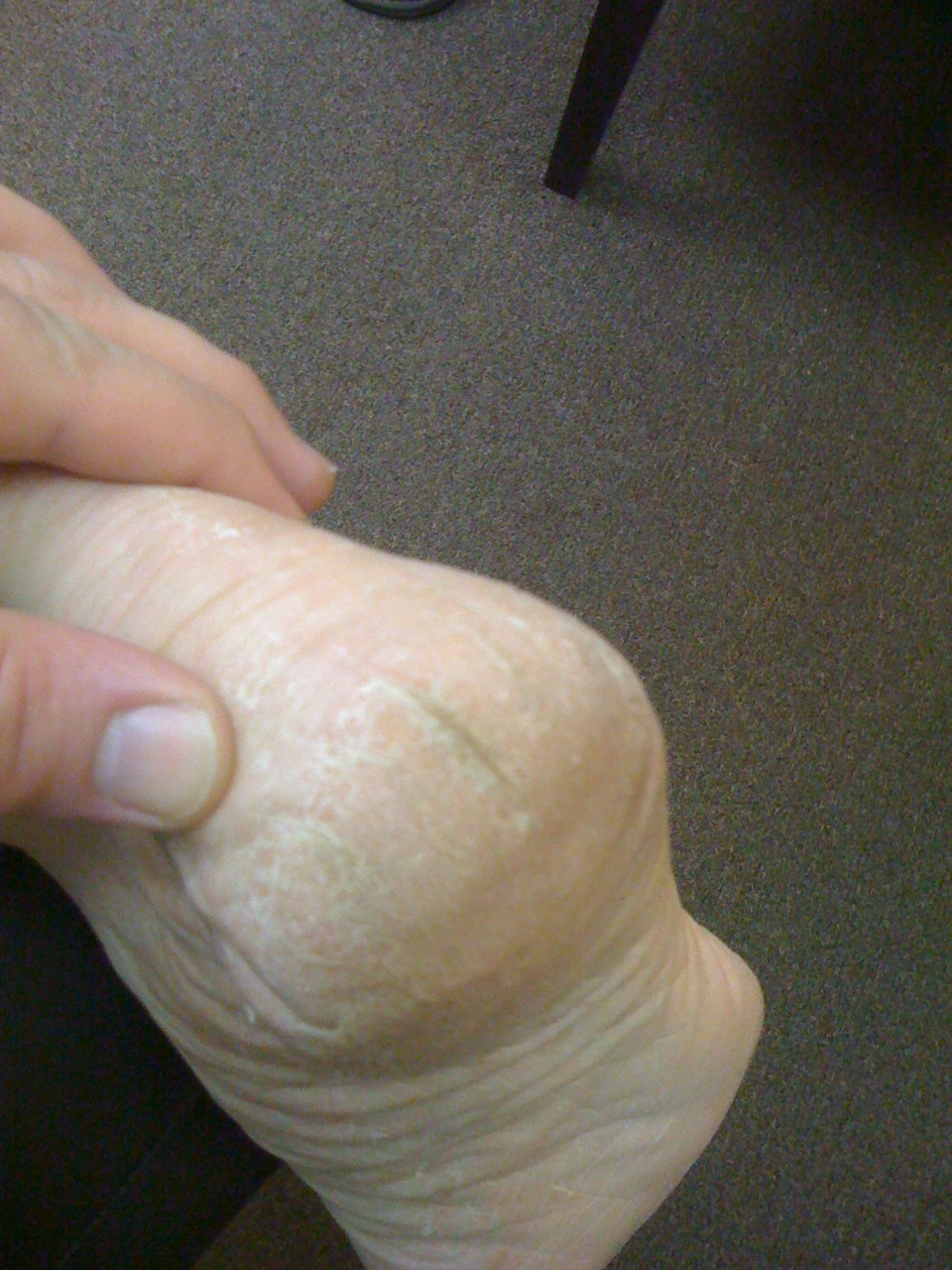Some times there is not an easy answer.
A patient came in with intermittent pain in his feet, bilateral and symmetrical of approximately 1 months duration. It is bothering him in the arches and the ends of the toes. He can akin it to no singular precipitaIng event. The discomfort is sharp at times, and he can sometimes get cramping. He has been taking good care of his feet, washing his feet as of late. There are no alleviating factors; lots of activity can sometimes cause more pain but not consistently. It seems to happen in all different types of shoes, so shod or unshod makes no difference. He is unable to reproduce the pain or discomfort.
The feet were normal in appearance. Arches were normal to slightly cavus. He had a mild, uncompensated forefoot varus. No global redness. Mild redness noted at medial and lateral nail beds of the great toe. He had a loss of long axis extension of the metatarsophalangeal arIculaIons and talonavicular arIculaIons bi-‐lat. No tenderness to palpation of the dorsal or plantar surfaces of the feet are noted. No difference in neurological integrity with respect to sensaIon, motor strength or deep tendon reflex on either side. Nail bed filling was normal. Feet were cool
and moist to touch. He did have weakness of the short extensors of the great toes, somewhat of the long extensors of the remainder of the digits. Ankle dorsiflexion is 10 degrees on each side.
Gait was tandem with a slight crossover.
Hmm. Pretty boring, eh?
This is what we thought the differential should include:
1. Early Gouty arthropathy. This would be rare in a bilateral situation but possible.
2. Athlete’s foot. This usually presents with more redness or this could be a variant.
3. Lack of arch support during the day and his feet are fatiguing.
4. Lumbar spinal canal stenosis; note that he has no change with squatting or sitting, so this is unlikely.
This is what we recommended:
He is going to try either TinacIn or Lotrimin on his feet for 2 weeks, twice per day applicaIons, changing his socks between, making his feet wet and moist before application. Will switch to a boot that breathes batter and is more supporIve for work (he is a mason), to see if this works well. Foot strengthening exercises for the muscular deficiencies were prescribed. If this does not alleviate the discomfort, we will consider running labs and imaging looking at the possibility of gouty arthropathy and/or stenosis.
The Gait Guys. Showing that we don’t always have all the answers, but have a pretty good idea of how to get them.


















